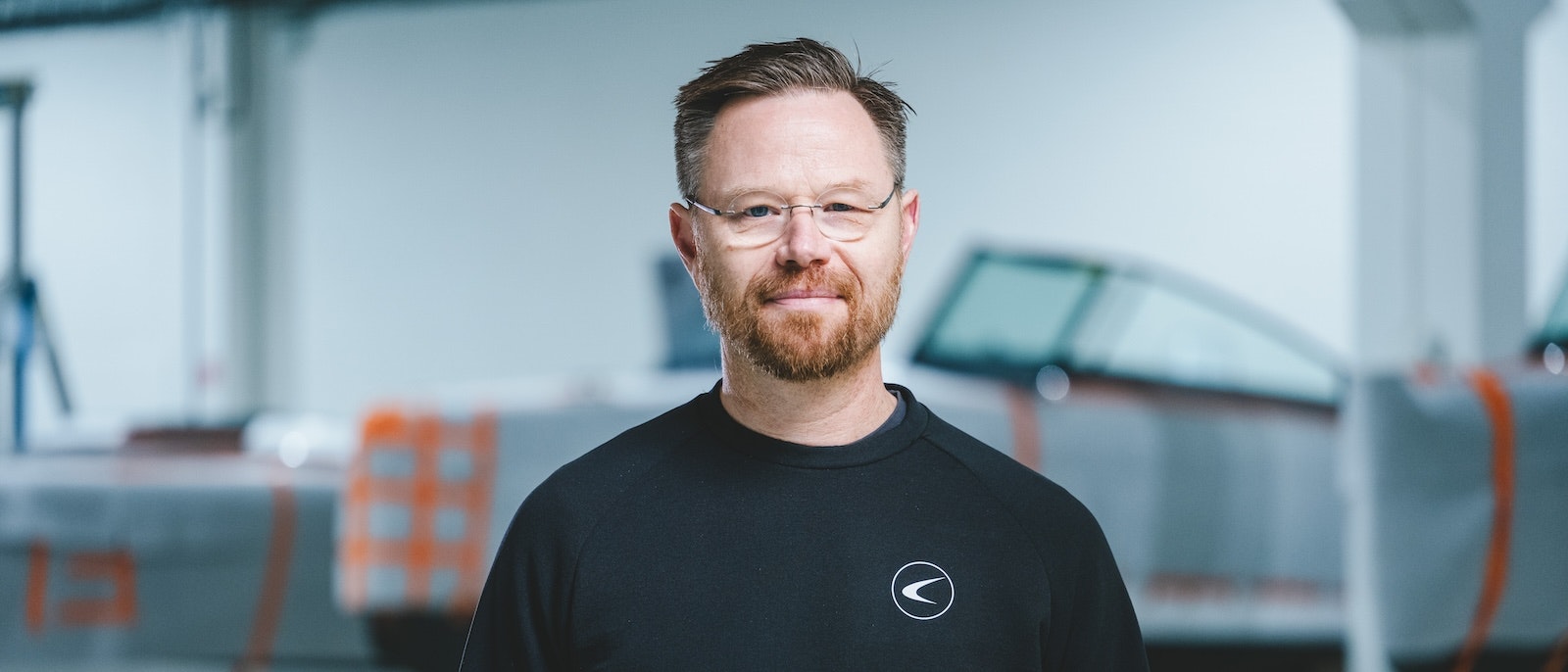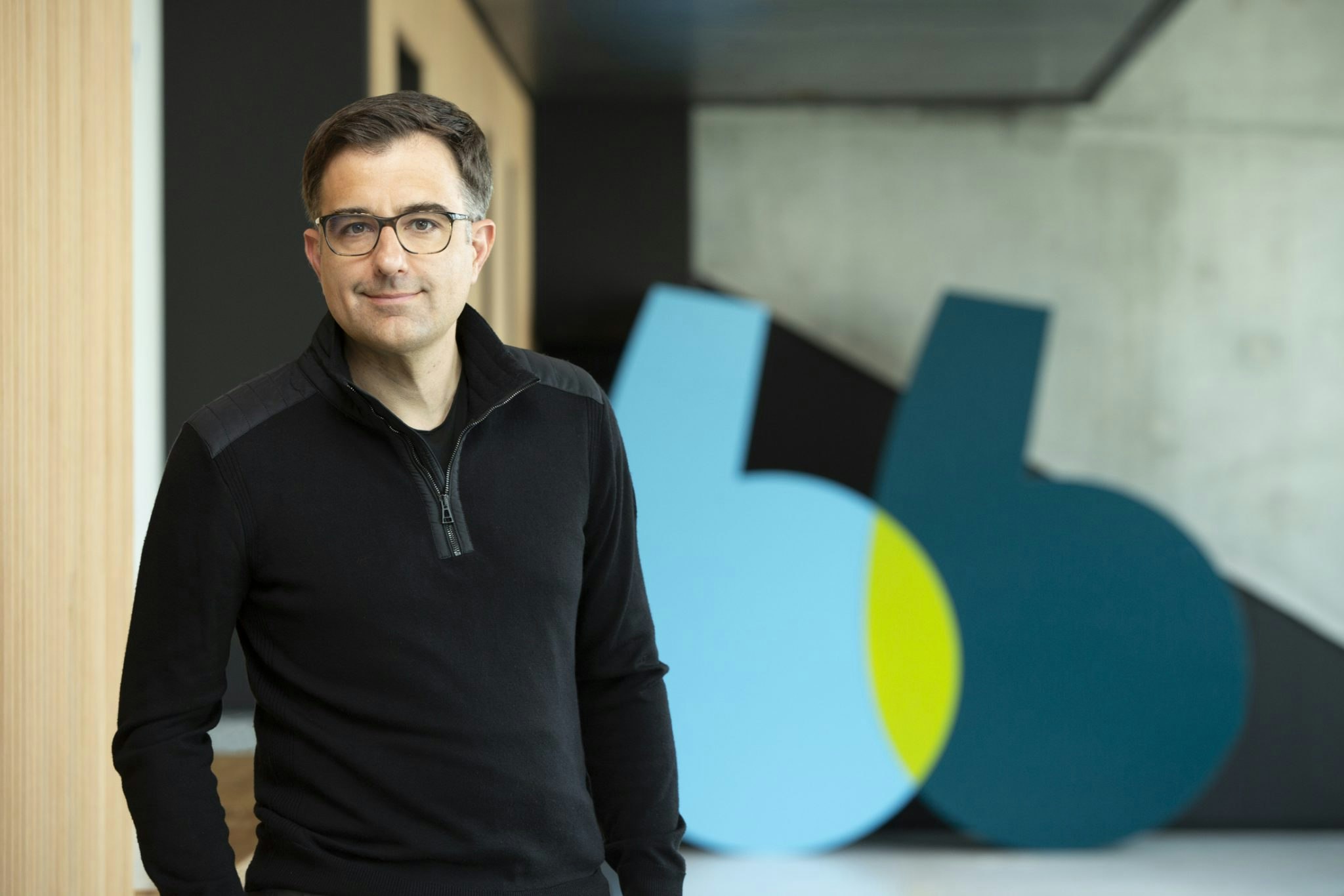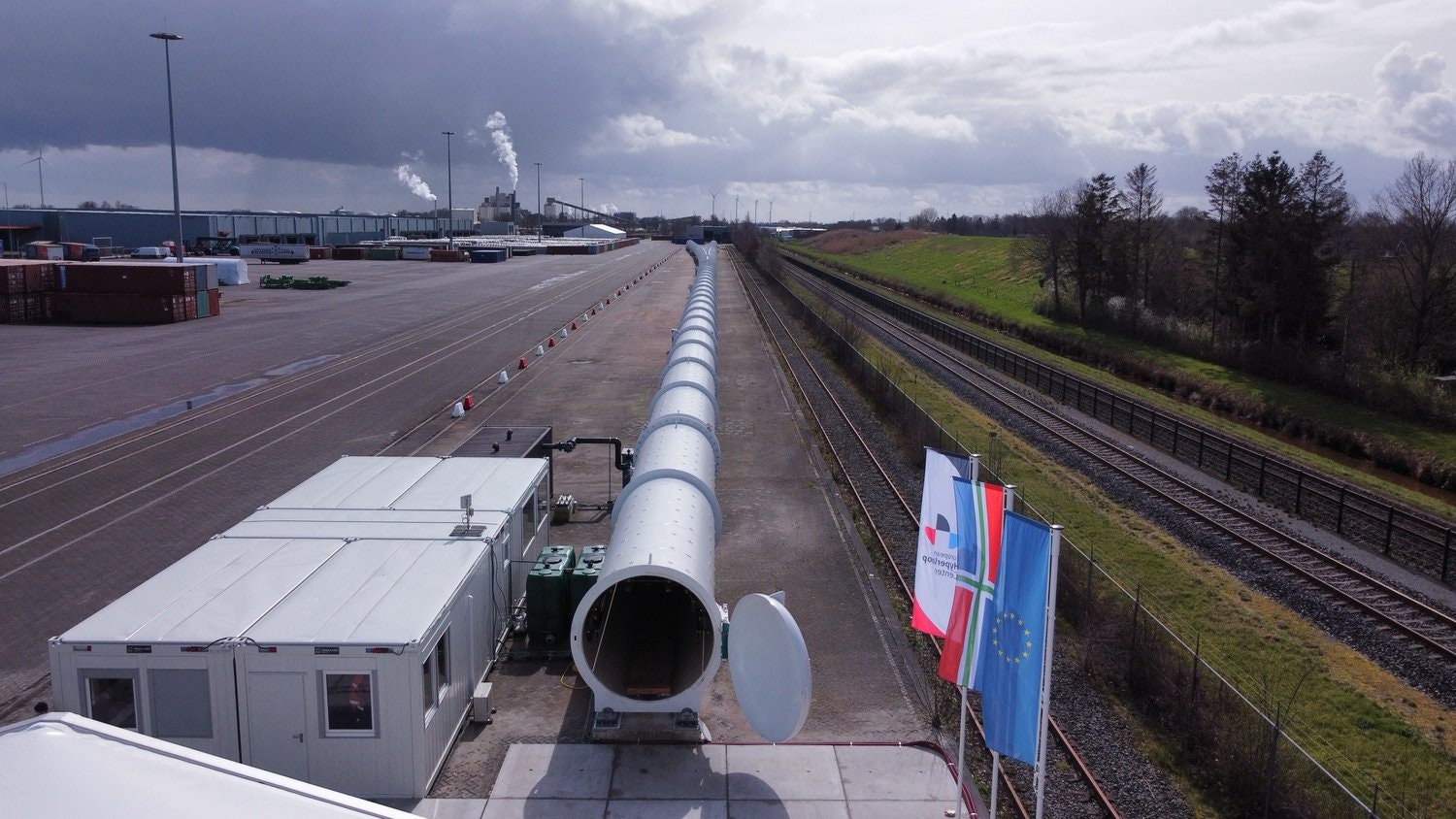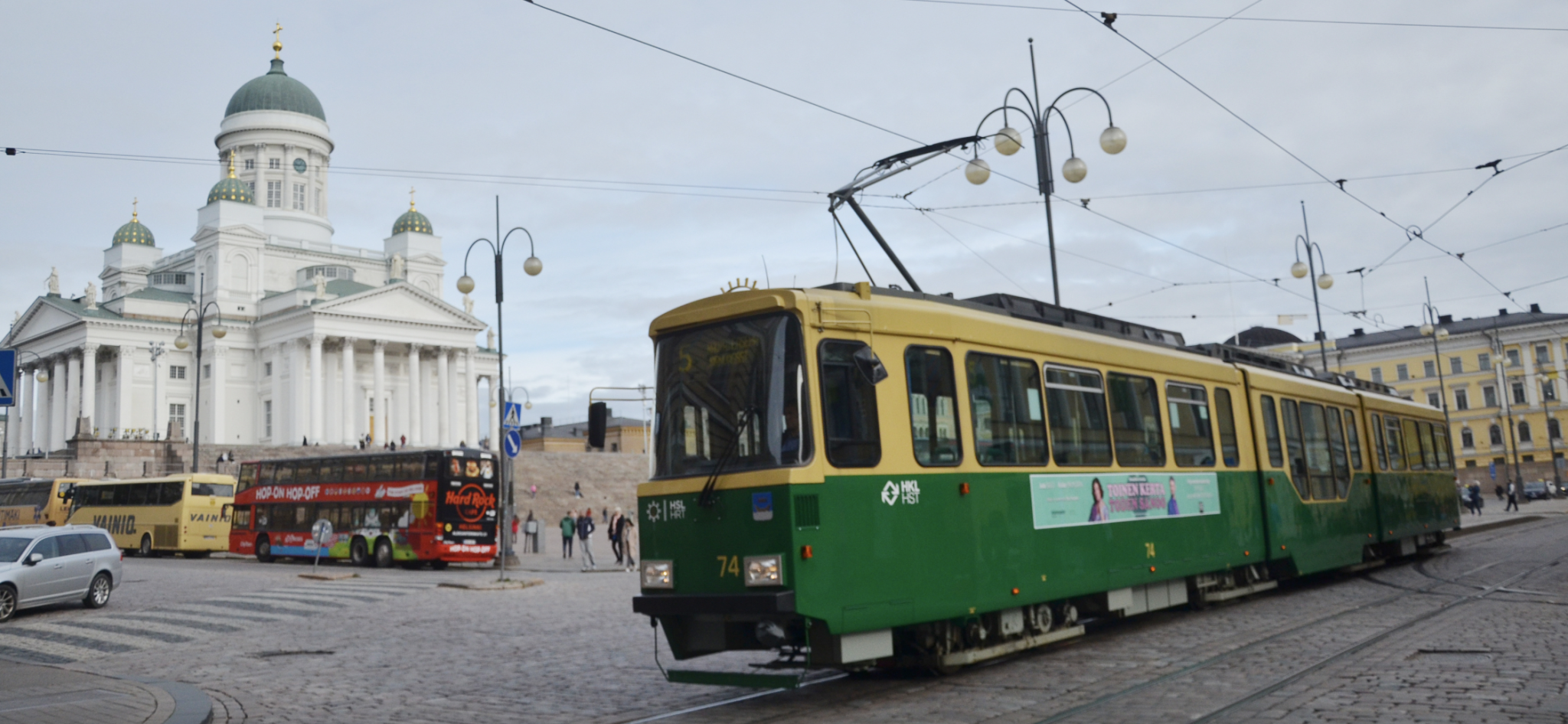Catch a glimpse from afar of Swedish startup Candela’s vessel and you’d be forgiven for thinking you were watching a flying boat. After reaching 16 knots — just above 18 mph — the company's electric boats lift about half a metre from the surface.
Today, the startup is announcing a fresh capital raise of €24.5m, with French boat maker Groupe Beneteau joining as a new investor and existing backers including EQT Ventures and Ocean Zero LLC returning. It plans to use the money to develop its technology further and grow its sales team.
Cutting 80% of emissions
When Gustav Hasselskog founded Candela in 2014, he was trying to find a solution to boats that use a lot of costly diesel, even for short trips.
“To take the boat from our summer house to the shop on a different island to buy ice cream used to cost about €50 one way,” he says. “At the time there was a lot of noise about Tesla and I thought, what can we do similarly with boats?”
The physics of moving through water — which is around 800 times denser than air — means that simply swapping to electric power would require a huge battery. Instead, Hasselskog started looking at small planes — in particular gliders — and the technology behind them.
It resulted in a hydrofoil craft — an underwater fin with a flat or curved wing-like surface that is designed to lift a moving boat — that uses 80% less energy than other ships and boats when it “flies”, according to the company. The boats leave the surface when they reach 16 knots and have a maximum speed of 30 knots, which is a lot faster than boats are usually allowed to go in intercity waters (around eight knots). However, because it doesn't cause a swell (high waves) at high speed — which is partly the reason for the speed restrictions — Candela has an exemption from speed limits for its second product, a 30-passenger vessel, in Stockholm, where its vessel will be used in a public transport project starting in July.
Sifted was invited to come and try the flying vessels, which set off from one of the harbours in Stockholm. The passenger vessel, of which the company has so far sold three for about €1,7m a boat, wouldn’t leave the surface as it was being tested. The smaller leisure vessel was fair game though.

The difference between driving a boat that sits directly on the water’s surface and driving Candela’s leisure vessel can be compared to driving a small old car at 120 km/h (75mph) to driving a Tesla at the same speed — you experience speed blindness (when you think you are travelling slower than you are) with the latter.
The electric boat — which uses a battery from electric car manufacturer Polestar — creates fewer bumpy waves, hardly any swell and the ride is generally much quieter than diesel-run boats. It can also do a U-turn without having you lean out of your seat. You can still feel queasy though after going around in circles for a while.
In the past, some competitors have criticised Candela for not being able to reduce emissions at a slow speed (when it cannot fly). But, according to Hasselskog, even when there isn’t any flying involved it still uses 50% less energy than other ships and boats thanks to its lightweight hull and technology.
Competitive advantage
Hasselskog is not the only founder who’s built boats using hydrofoil tech, but the difficulty of managing the technology has seen other companies bow out.
“None of those who were there in the first years are still there, and then some new ones have entered,” Hasselskog says.
The technology behind the hydrofoil isn’t easy to build, since the boat needs to balance on two thin pipes when it’s above the waterline and “wants to fall to the side or into the water or go up”, Hasselskog tells Sifted. With several sensors, wings and an electric control system making sure the boat doesn’t tip over, as well as being able to make adjustments from an external control centre, Candela has a competitive advantage, according to Hasselskog.
Having Groupe Beneteau on board — which has a turnover of €1.46bn, 15 factories and builds more than 8,000 yachts annually — is positive, Hasselskog says, and he can see synergies between the two companies.
Selling to public and private actors
Candela has already sold about 150 leisure boats — a large number to the US — and believes that using its 30-seater passenger vessels for public transport could give the seaways an upswing again after decades of buses and underground tube networks being the default for a lot of city commuters.
In July, Candela passenger vessel P-12 will be part of a public transport project in Stockholm, helping commuters get back and forth to central Stockholm from the island Ekerö.
It has also sold its passenger vessels to a private actor in New Zealand to run trips on Lake Manapōuri.
Although many cities and countries have set the goal of becoming carbon neutral by 2030, Hasselskog believes it will be the private actors who drive this transition. In Stockholm, he believes that it will take years to have a contract in place with local authorities.
“Commuters will most likely push for it, but there’ll still be investigations and then a procurement process and so on. I don't know, but it's hard to believe that it will go faster than three to four years after we’ve finished the pilot project,” he says. “In the meantime, we will sell to other private actors, within tourism for example.”
With the new capital, Candela plans to increase its production. Of the leisure boats and three passenger vessels sold, only half of them have been delivered out of Candela's small factory outside Stockholm. Hasselskog says, however, that the venture capital won’t be used to build new factories, and that its technology and machinery can easily be set up in almost any space.
The EV hardware slope
In the last six months, several Swedish EV hardware startups have filed for bankruptcy, including e-van Volta Trucks, and e-motorcycle startups Vässla and Cake.
Hasselskob believes that the financial situation before Russia's invasion of Ukraine saw VCs that were previously focused on software dipping their toes in hardware. However, with the changing economic climate, they didn’t have the same endurance as VCs with previous hardware experience.
Hasselskog is happy to have had EQT Ventures on its cap table since he believes it has more endurance when it comes to hardware investments — it has also backed the plane startup Heart Aerospace, which Hasselskog compares to Candela. The two companies have the same limit for their carriers — about 200km.
“It’s very different running a hardware company than a software company. It's relatively easy for most people to get a prototype, a flashy website and a big plan together,” he says. “Then the backwards walking begins — the hard reality of getting the product to work day in and day out, having to build production equipment and set up a sales organisation in parallel — it's challenging, requires a lot of people, and thus takes a lot of capital.”


